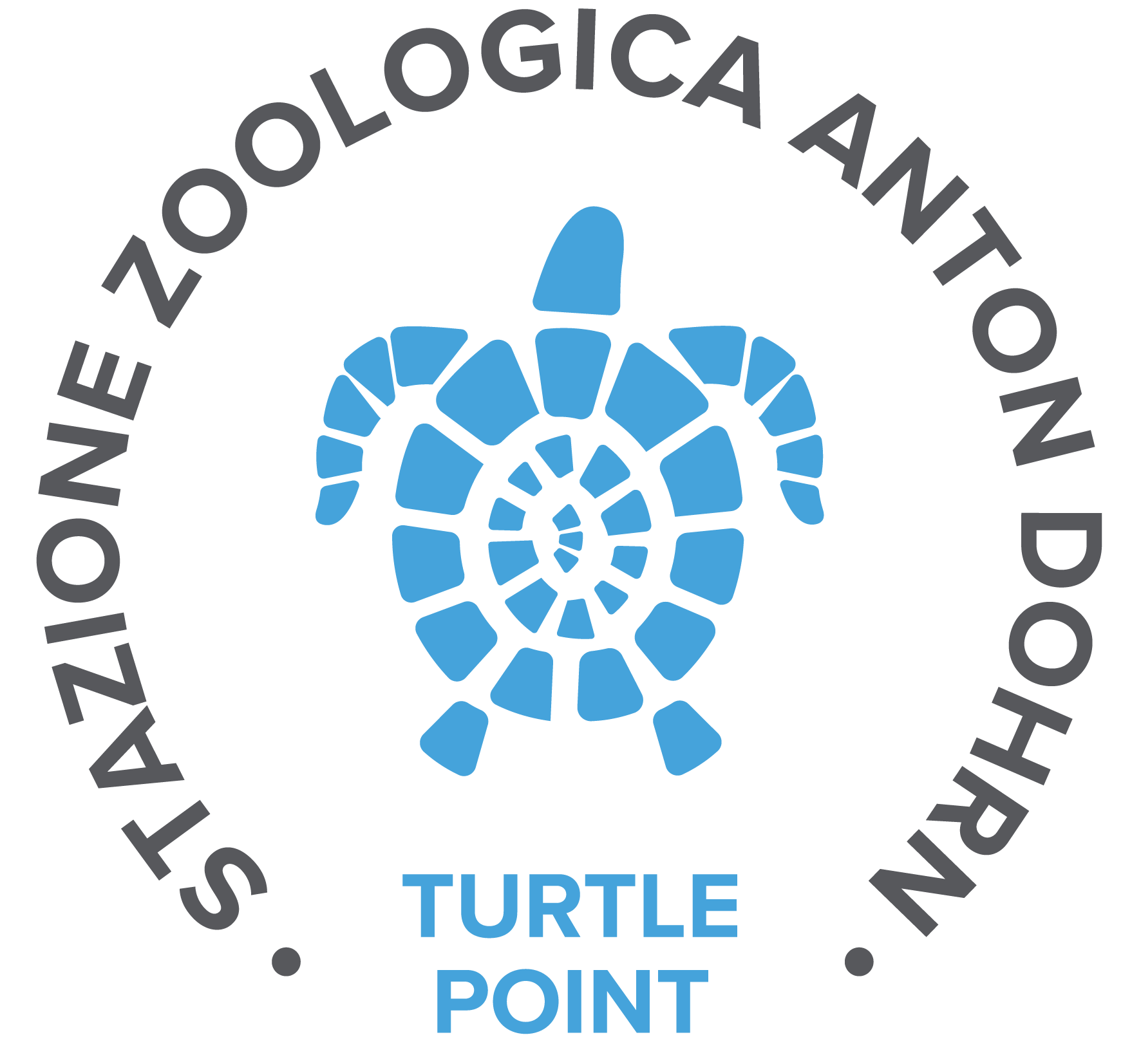 Tenders and Job Opportunities
Tenders and Job Opportunities Job calls
Job calls Scholarships and research fellowships
Scholarships and research fellowships Open Calls
Open Calls ENGLISH
ENGLISH Pages
Pages
Pages
Science Education Study Centre
In Progress
Scientific Associations
The “Associazione Italiana di Oceanologia e Limnologia" (Italian Association of Oceanography and Limnology; A.I.O.L.)” was founded on June 27, 1972 to promote, through scientific exchanges, the collaboration among scientists of different disciplines related to Oceanography and Limnology, and to contribute to the progress of these scientific disciplines.
The “Società Italiana di Biologia Marina” (Italian Society of Marine Biology; S.I.B.M.) aims at promoting studies related to marine life, to promote exchanges among scientists, and to develop theoretical and practical knowledge deriving from modern progresses in biological marine resea4rch.
The “Società Italiana di Ecologia” (Italian Society of Ecology; S.It.E.) aims at promoting theoretical and applied ecology research, to spread knowledge and promote the development of relations among scientists of these fields, facilitating national and international collaborations. To achieve these objectives, SItE performs its activities through research working groups, congresses, symposia, meetings, workshops, training courses and publications, in cooperation with Italian and foreign companies.
Alumni of the Stazione Zoologica
The association "ALUMNI of the Stazione Zoologica Anton Dohrn" will aim at:
- promoting the cultural linkage between the SZN scietists and former employees/students;
- establishing, maintaining and developing relationships between former, current and future students and scientists, promoting different professional, cultural, scientific, social and recreational initiatives;
- increasing the knowledge and dissemination of the Stazione Zoologica Anton Dohrn in Italy and at international level;
- strengthening the links with the otherlabour areas, promoting exchanges and training with companies, professional associations, research institutions, and local government agencies;
- contributing to initiatives for the present day students.
Vehicles
The SZN has different vehicles per the development of the scientific activities in the field. The SZN has no executive cars as communicated to the Presidency of the Council of Ministers - Department of Public Administration.
Turtle Point
For more information and to book a visit: fondazionedohrn.it
 The Sea Turtle Recovery Centre started its research activities in 1983, in response to the growing number of specimens of sea turtles recovered stranded or debilitated or injured because of the interaction with human activities at sea.
The Sea Turtle Recovery Centre started its research activities in 1983, in response to the growing number of specimens of sea turtles recovered stranded or debilitated or injured because of the interaction with human activities at sea.
The Centre is authorized by the “Ministero dell’Ambiente, del Territorio e del Mare” (Ministry of Environment) to handle sea turtles (otherwise prohibited according to the D.P.R. 357/97).
The Recovery Center is the regional representative for the conservation of sea turtles and collaborates with agencies and Italian and foreign institutions to promote the protection of these important flagship species.
Staff
Andrea Affuso, Responsible
Visiting Scientists
In Progress
Research Stages
Università degli Studi di Napoli "Federico II".
Università degli Studi di Napoli "Parthenope".
L’Università Politecnica delle Marche, Dipartimento di Scienze della Vita e dell’Ambiente
Office for development and management of IT and telecommunication services
Francesco Paolo Patti, Office Manager
Migliaccio Luigi









